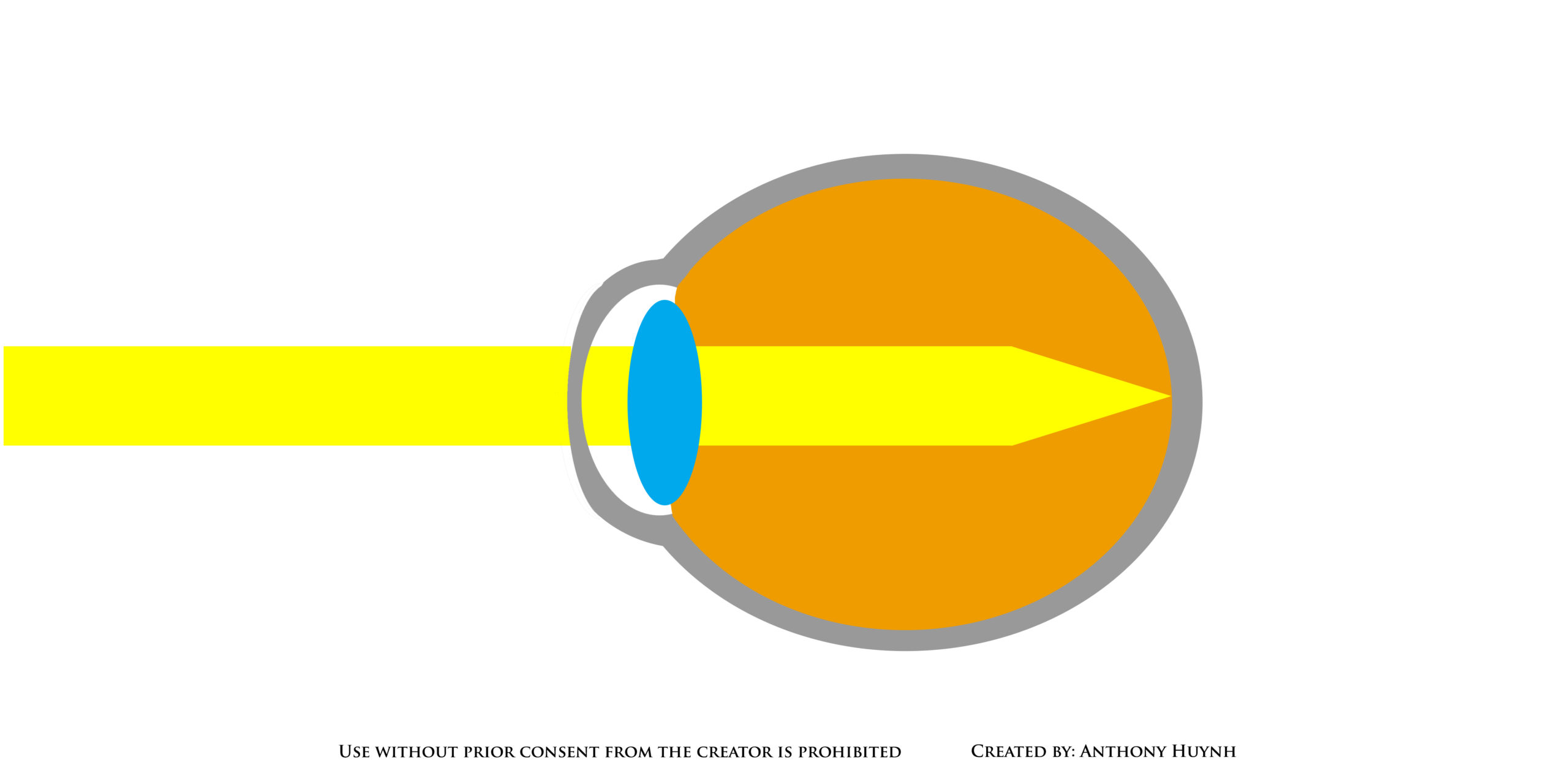Dr. Anh's Passion
Myopia Control is more than Vision.
Myopia often times is a progressive condition that starts in childhood and not only affects vision, but can increase the chance of glaucoma, macula diseases and retina detachments. I started wearing glasses when I was 7 years old and only stopped recently when the technology was able to catch up to my high nearsightedness. Because of my age when I started wearing glasses, I have always wanted to make a difference in people’s vision, especially helping young children control their progressing nearsightedness and boosting their self esteem by providing another option. As Dr. Anthony and I are both near sighted, the chance of our children being myopic is 40-50% percent. We both agreed to do everything in our power to reduce their chances of having the same prescriptions we did. Reduced screen time, more time spent outdoors (at least 1.5-2 hours everyday at the least, according to recent research), and ortho-k lenses are the way to go. For children who are already nearsighted, the Eye Retainers offer a wonderful opportunity for control! When I became a Certified Orthokeratology Specialist with Paragon CRT in 2012, my first 3 patients were my cousins! My cousins have been controlled very well. My youngest cousin who was 6 at that time, has not had a change in her prescription since then, while my 2 other cousins aged 9 & 13 at that time, have only increased by 0.50D over the 3 years.
But we often forget the goal of the Retainers is to maintain and keep the nearsightedness in check, so that the chance of developing severe eye conditions of glaucoma, macula degeneration and quick forming cataracts is minimized. I wanted to ensure I preserve my eyesight so that I may enjoy and see my kids grow.
www.eyeinvision.com/about
For children who are already nearsighted, the Eye Retainers offer a wonderful opportunity for control! When I became a Certified Orthokeratology Specialist with Paragon CRT in 2012, my first 3 patients were my cousins! My cousins have been controlled very well. My youngest cousin who was 6 at that time, has not had a change in her prescription since then, while my 2 other cousins aged 9 & 13 at that time, have only increased by 0.50D over the 3 years.
But we often forget the goal of the Retainers is to maintain and keep the nearsightedness in check, so that the chance of developing severe eye conditions of glaucoma, macula degeneration and quick forming cataracts is minimized. I wanted to ensure I preserve my eyesight so that I may enjoy and see my kids grow.
www.eyeinvision.com/about
Protect Your Child's Vision for the Future
Myopia control offers a proactive approach to managing nearsightedness in children.
By slowing down the progression of this condition, you can give your child the gift of clear vision and potentially reduce their risk of future eye problems. Schedule an appointment with your eye doctor today to discuss if myopia control is right for your child.
Orthokeratology: The Clear Alternative to Glasses and Contacts
Are you tired of the hassle of glasses or contact lenses? Have you considered a revolutionary vision correction method called orthokeratology, or ortho-k? This innovative approach can help you achieve clear vision without the need for daily eyewear (glasses-free, contact lenses)
What is Orthokeratology?
Orthokeratology is a non-surgical vision correction method that involves wearing a specially designed retainer (gas permeable contact lenses) while you sleep. These lenses gently reshape the cornea (the clear front surface of your eye) to improve your vision during the day.
How Does Orthokeratology Work?
While you sleep, the ortho-k retainers gently apply pressure to the cornea, temporarily changing its shape to correct nearsightedness (myopia). When you wake up, you remove the retainers, and your vision is clear throughout the day.
Benefits of Orthokeratology

Ortho for the eyes. Cornea reshaping technology.
- Clear vision without glasses or contacts: Enjoy the freedom and convenience of clear vision all day long.
- Improved eye health: Ortho-k can potentially slow down the progression of myopia in children.
- Safe and effective: It’s a non-invasive and reversible treatment.
- Comfortable: Most people find ortho-k retainers comfortable to wear while sleeping.
Is Orthokeratology Retainers Right for You?
Orthokeratology is suitable for many people with nearsightedness. However, it’s essential to consult with an experienced optometrist to determine if it’s the right option for you. They will conduct a comprehensive eye exam to assess your vision and eye health.
The Orthokeratology Treatment Process
- Initial Consultation: Your optometrist will conduct a thorough eye exam to determine if you’re a good candidate for ortho-k.
- Lens Fitting: Custom-made ortho-k retainers will be fitted to your eyes.
- Adjustment Period: You’ll wear the retainers as directed by your optometrist, and your vision will gradually improve. Regular follow-up appointments are essential during this period.
- Maintenance: Once your vision is stable, you’ll typically wear the retainers a few nights a week to maintain your results.
Orthokeratology Patient Testimonials

Children glasses free
“I used to hate putting in contacts every morning and dealing with glasses all day. Ortho-k has changed my life! I wake up with clear vision and don’t have to worry about anything.” – Satisfied Patient
“My son was becoming increasingly nearsighted, and I was worried about his vision. Ortho-k has helped slow down the progression of his myopia, and he’s so much happier without glasses.” – Concerned Parent
Schedule a Consultation
Ready to experience the freedom of clear vision without glasses or contacts? Contact our eye care practice today to schedule a consultation with Dr. Do. We’ll discuss your vision goals and determine if orthokeratology is the perfect solution for you.
Disclaimer: This blog post is intended for informational purposes only and does not constitute medical advice. Please consult with an eye care professional for personalized guidance.
How do I know if I am ready or my child is ready for the Eye Retainers

Kids working close to see clearly.
- Yearly worsening of vision
- Young age of 1st wearing glasses
- Parent(s) are nearsighted / have myopia
- High near sightedness / myopia
- Yearly progression of myopia (nearsightedness)
How do I know if I or my child has myopia?
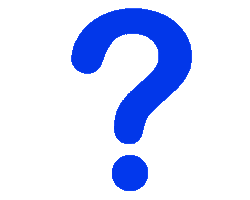
- Yearly progression of myopia (nearsightedness)
- Poor distance vision
- Frequent headaches or blurry vision
- Constantly rubbing the eyes
- Poor comfort or vision with contact lenses or glasses
- Poor focus and visual tracking
- Chronic redness or tearing of the eyes
- Forgetfulness with contact lens care (sleeping in contacts, not cleaning contact lenses).
- Sitting too close to the TV
- Want or need freedom from glasses or contact lenses
- Active lifestyle (sports, exercise, going out)
- Progressing or worsening vision
FAQs
- Is it permanent? No, the eye retainers do not cause a permanent change in the shape of the cornea. The advantage of the non-permanent change is, if there is a change in your or your child’s prescription, a new retainer can be designed to accommodate for this change.
- Why not LASIK for my child? The purpose of Laser surgery for the eyes is to give good vision, not slow down myopia. For young patients, as the prescription tends to get progressively worse each year, Laser surgery is not recommended. The purpose of the Eye retainers is to slow down myopia & an additional benefit is having good vision. As such, it is recommended for any age, but especially recommended for children.
- How safe are wearing retainers overnight? Wearing any type of contact lens or retainer will have a risk of infection. However, because the retainers are worn at home & with the presence of an adult, the risks of infections or other types of complications are minimal. In addition, proper cleaning, wearing & replacement will keep eye complications to a minimum.
- How do I clean the lenses? We often a rub, rinse & store solution specifically made for retainers. Ask your eye doctor for a recommended solution. This link will take you to a more detailed lens cleaning guide.
- Do you need to sleep with the retainers for it to work? Yes! The retainers are a corneal reshaping technology meant to provide vision correction at night. The “sleep therapy” / night lenses holds the retainers in place to provide subtle reshaping to your child’s eyes.
- What do I do if my child loses or breaks the retainer? Let us know as soon as you can. A new retainer will need to be ordered, but in the meantime, we can provide soft contact lenses to wear.
- What happens if you forget to wear the retainer? Your child’s vision will go back to his / her original prescription. However, this is a gradual process. Depending on the child, we would recommend to wear during the school day or we can provide soft contact lenses to wear; then resume wearing the retainers during sleep.
The Science of Myopia & CoRE Retainers
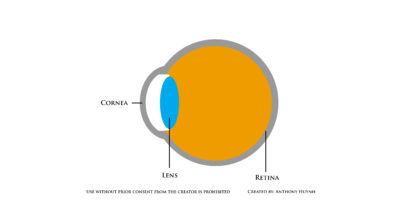
The cornea, which is the front of the eye is responsible for focusing light onto the the retina (the back of the eye).
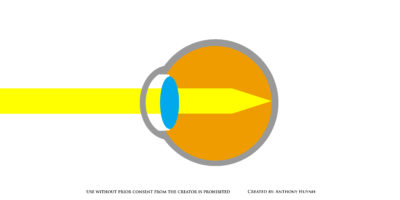
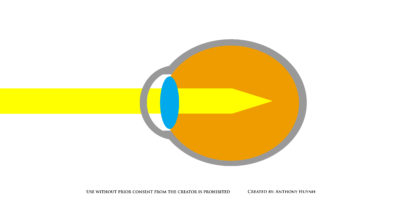
For nearsighted people (or myopia) the eye is longer, this in turn changes the focus point. Instead of focusing on the retina, light is now focused inside of the eye.
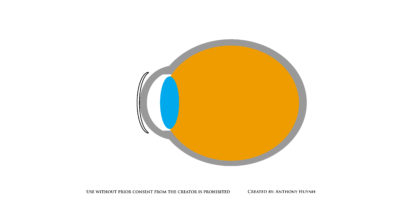

The left illustration shows the initial Eye retainer on Day 1 vs treatment eye shape. Eye retainers are worn like contact lenses, but at night when you sleep. The eye retainer reshapes your eye and when you wake up, take the retainers off, your eye has a different shape!

